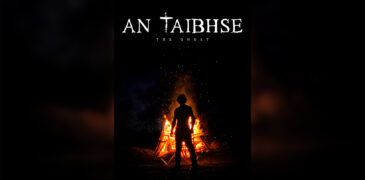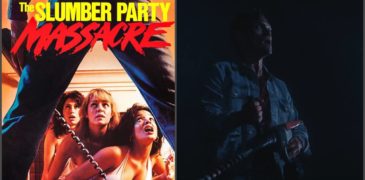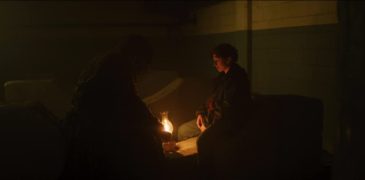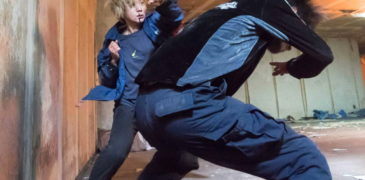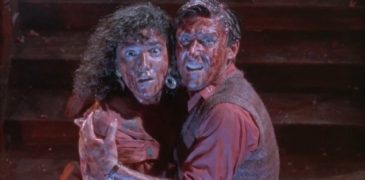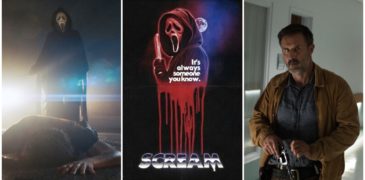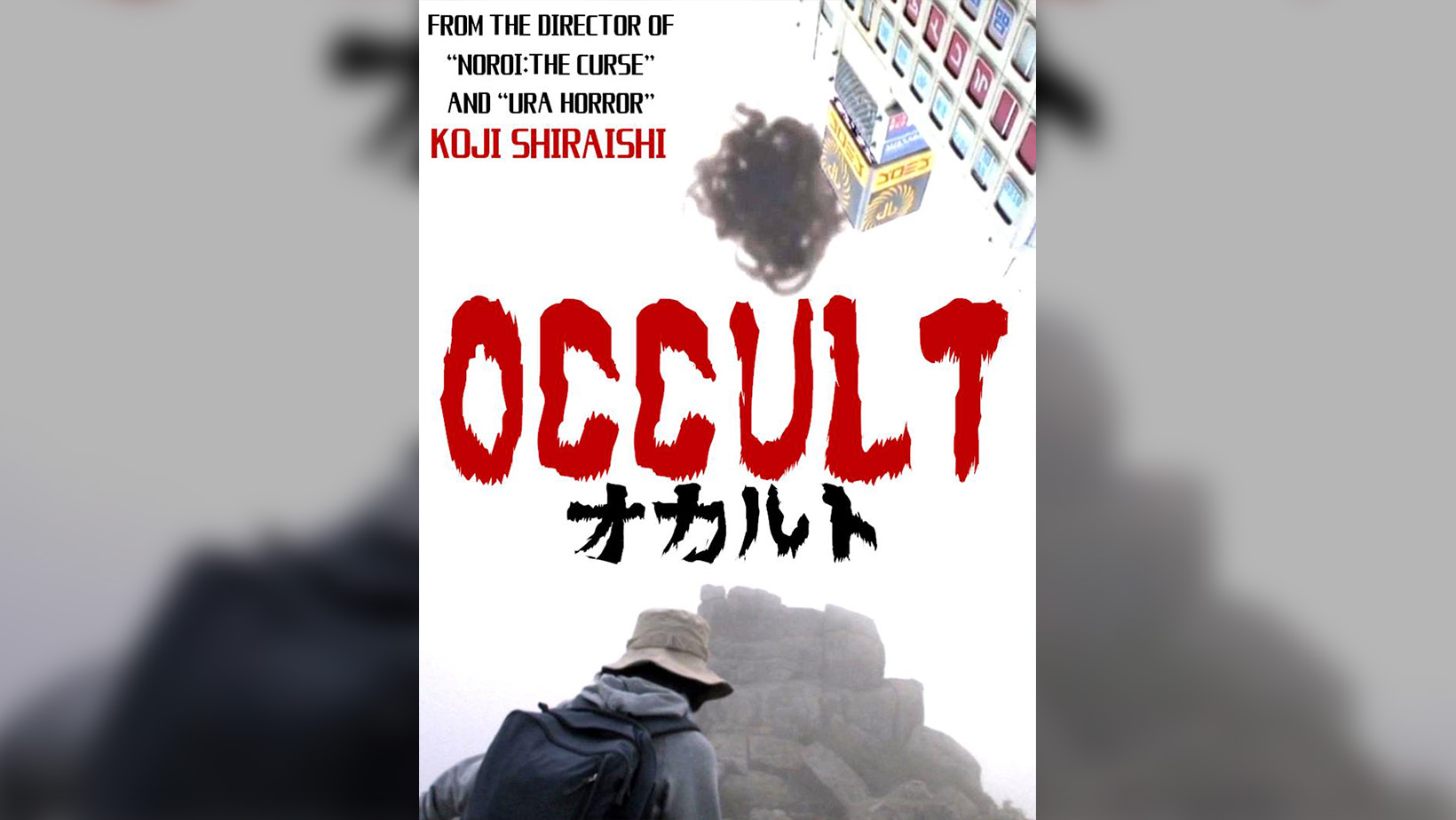
A mockumentary framing offers a nice spin to the found footage genre. While most found footage films are shot and arranged in an amateur fashion to preserve their realism and home video sense, mockumentary is its counterpart. Here, the believability of the horror comes from one’s flair in crafting conceivable documentation of something purely fictional. Koji Shiraishi would likely take half the discussion in conversations about assiduousness in building an effective where farce documentary enters the dialogue.
Who would leave the master behind the epic horror mockumentary Noroi: The Curse out of such a conversation? Probably no one. But the thing is, most people only know Shiraishi because of Noroi or his 2009 crime horror Grotesque. While it is true that his 2005 magnum opus is enough to remember his flair and sedulous care in creating an elaborate make-believe legend, he also had other offerings to prove that he’s an indomitable force in that area. His 2009 low-budget mockumentary Occult is one of them.
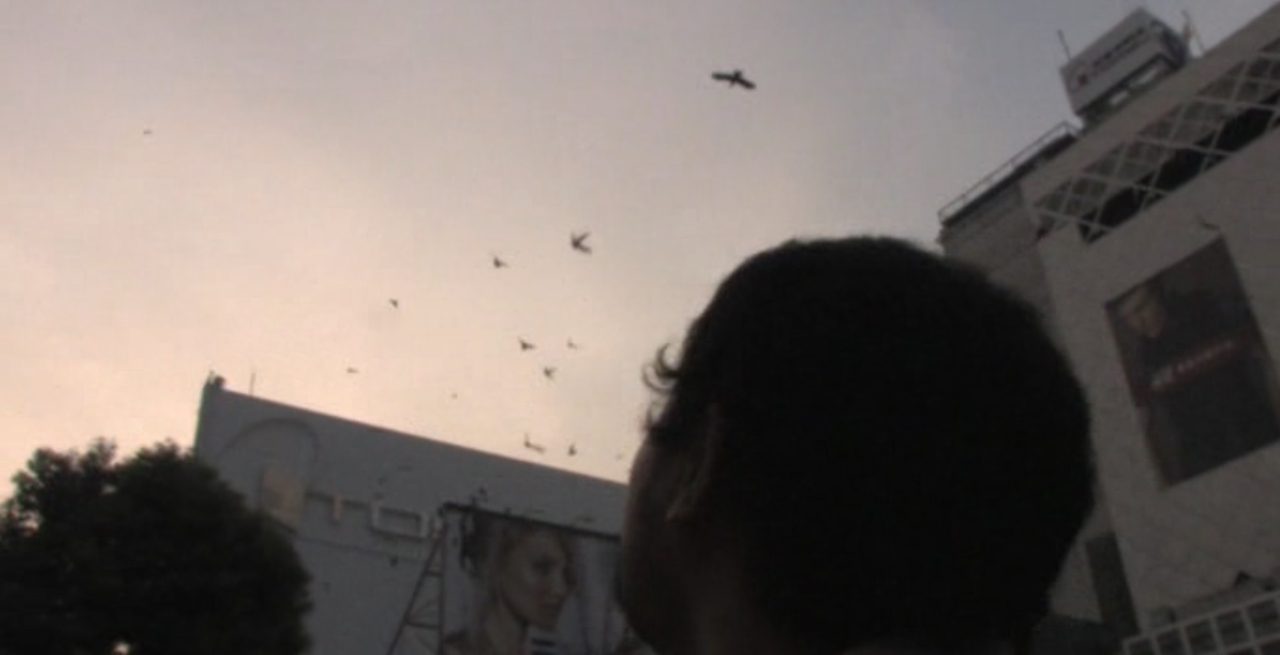
There are a lot of things to love about the film. Having Shiraishi as its director is one of them. However, he also joins the cast as the fictional director of the mockumentary, spearheading an investigation into a bizarre mass slaughter three years ago in Myogasaki by a man named Ken Matsuki, who completely vanished after jumping off of a cliff. One of the surviving victims, an unemployed man named Shohei Eno, has a bizarre mark carved on his back and alleges that paranormal occurrences are happening to him after falling victim to the slaughter.
The plot itself is already an invitation that piques curiosity, but more than the story, Shiraishi’s participation as an actor speaks volumes about his prudence on the found footage treatment. One of the things that made The Blair Witch Project (1999) extremely engaging during its eminence in the late 90s is that the cast played themselves, validating its supposedly real-to-life incidents, where the found footage genre gets its life energy. In the case of mockumentaries, having the director inside the film forms another layer of authenticity, as if there’s no fourth wall to break because what we see really happens. A few found footage films have also effectively utilized this style, including Man Bites Dog (1992), Be My Cat (2015), Incident at Lochness (2004), and Lake Mungo (2008) where the director is the interviewer, although uncredited.
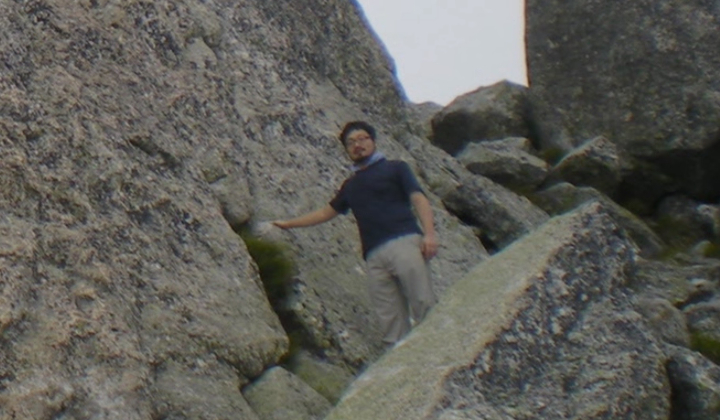
The documentary style of Occult is outstanding, as Shiraishi implements what he accomplished in Noroi, namely he ensures that his story would not fall into the usual romanticization of a singular subject, where the narrative wholly focuses on the transition of the subject’s psyche to stretch the story. It gives enough legroom for the documentary to explore the mystery on a larger scale. Like any good documentary where there is no room for dilly-dallies, Shiraishi makes every scene count. He does not oblige us to connect with the characters, as he only plans to drag us further down the rabbit hole. He thrived in this aspect in Noroi because the number of details he pieced together to assemble an intricate quest is quite impressive. In this film, he still manages to come up with a titillating mystery that keeps us asking for more, notwithstanding the tight budget that obviously hampered Shiraishi’s creative autonomy.
Another fascinating bit that Shiraishi, fortunately, supplemented in this film is his thorough injection of Japanese folklore. Noroi is an engaging watch because his research on the country’s myths and legends invites the audience to be more interested in Japanese urban legends. In Occult, he did not just create a sound and solid connection to folklore and psychic matters, but he even applied social realism in filming Eno’s everyday life to catch ‘miracles’ on camera. His manifest insertion of the harsh employment conditions in Japan exudes a grander feel of relatability that legitimate documentaries and personal experience could only make us feel. It also raised one of the weirdest yet sane reasons why characters continuously record themselves found footage films: to make a living out of it.

The story is intriguing, and it all boils down to Shiraishi’s laborious attempt to tell a believable paranormal encounter within a restricted budget. He creates a fascinating commentary on the menaces of deranged devotees, the burgeoning problem of the Japanese economy, and the careless pursuit of capitalists affecting those lying below their rung, all the while constructing a cosmic horror that gives an existential dilemma.
Unlike most found footage films which invest an ample amount of time filming pointless interactions, Occult succeeds in offering what we want from the horror treatment, which are anomalies caught on camera. Trollhunter (2010), a Norweigan pseudo-documentary released a year after Occult, finds its power in revealing the monsters earlier rather than hiding them for the finale. Unbeknownst to many, Shiraishi did it first in Occult and succeeds in maintaining the gravity of the mystery, thanks to the lore he keeps on expanding as the film progresses. Disclosing the psychic oddities never becomes a problem because it only renders authoritativeness from the mock-doc, that their exploration deserves consideration and utmost following.

But the film is not beyond reproach, with half of its problems falling on its CGI misgivings. The budget constraint harms the horror factor because the visuals always look more ridiculous than menacing. So, instead of making our hair curl, our fingers curl into a fist, squeezing every ounce of disappointment we have every time these CGI abominations enter the scene. The last 10 minutes are incredibly intense, notably owing to the calculated build-up since Eno’s first miracle was caught on camera. But the concluding scene might engender a love/hate relationship within its audience. Some may value Koji’s attempt to get entirely surreal at the very end, and some might loathe it mainly due to the mishap with CGI.
Without a doubt, it is high time for every horror fan to discover Koji Shiraishi. His filmography, composed of found footage films, Japanese mythology, and exploitations, is undeniably diverse, yet one could find it interesting that he spends more time dealing with sophisticated world-building. Occult is an example of how he never goes for subtlety in his films, and it is a risk worth seeing and appreciating.
More Film Reviews
There have been plenty of Irish horror flicks in the past, but John Farrelly’s latest film, Ah Taibhse (The Ghost) marks a first. Marketed as the first and only horror… If you’re after a movie that fits the term “cult favourite” like a glove, then look no further than 1982’s The Slumber Party Massacre. It has a brisk runtime, brimming… Two dysfunctional brothers struggle to get by after the death of their parents. The younger counterpart is left in the care of his older brother who is slowly yet surely… I didn’t really have a whole lot going during my high school years. I went to class and did stupid hijinks with my friends, but I mostly just watched movies… Braindead (1992) is an utterly quirky, thoroughly cringey, yet ultimately entertaining grotesque black comedy from esteemed director Peter Jackson. He sure has an extensive filmography, ranging from epic fantasies to… 25 years after the original Woodsboro murders, yet another copycat killer in a Ghostface mask emerges. As the pattern materialises, and the new “reboot” rules the killer is following begin…An Taibhse (2024) Film Review – I Don’t Think We’re Alone Now
Slumber Party Massacre (2021) Film Review
Slapface (2021) Film Review – Dark Coming-of-Age Horror
Baby Assassins (2021) Film Review – Moe Moe Kyun!
Braindead (1992) Film Review – Peter Jackson’s Gore Soaked Classic
Scream (2022) – It’s Reboot Time, New Rules and New Victims
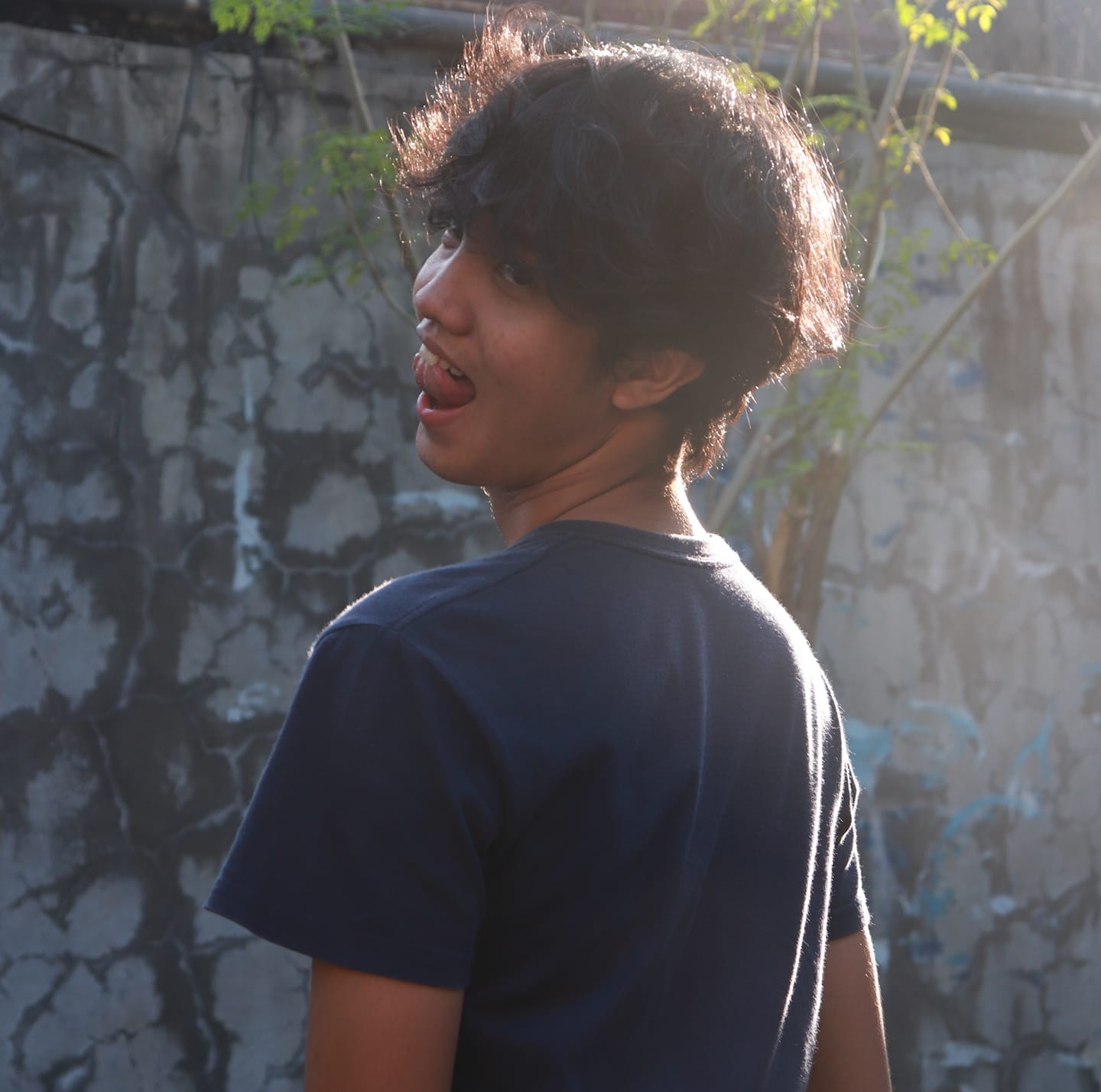
I am a 4th year Journalism student from the Polytechnic University of the Philipines and an aspiring Filmmaker. I fancy found footage, home invasions, and gore films. Randomly unearthing good films is my third favorite thing in life. The second and first are suspending disbelief and dozing off.

